Futures Markets
$10.40
| Author(s) | |
|---|---|
| Format |
|
| Pages |
427 |
| Publication Year |
1986 |
In this Book, Duffie surveys the structure, uses, and strategies of the modern futures markets. He explores financial decision-making procedures–pointing out techniques for hedging with futures–and gives readers a wealth of proven, up-to-date methods for calculating risk-minimizing hedging positions.
Introduction:
This book presents futures markets from the broadest perspective suitable for a one semester course in business schools and economics programs. The goal is to provide a survey of both practical and conceptual interest, from the mechanics of futures trading to the theoretical determination of futures prices in a general equilibrium setting, with a great deal in between. The student should come away with an understanding of the behavior of futures markets, and how to use them in making business decisions.
The coverage is best surmised by looking over the Table of Contents. Although futures contracts are the most prominent form of forward agreement in the world today, other forward agreements such as swaps, futures options, and various forward markets (such as oil, foreign exchange, and U.S. Treasury bills) are also actively traded, and receive some attention here. Departing from many other treatments, the emphasis of this book is a unified treatment of principles and techniques common to futures markets of all types, rather than concentrating on particular commodity or financial futures. For example, instead of chapter titles such as “Stock Index Futures,” “Energy Futures,” and so on, the chapters are organized along functional lines, with coverage of specific contract types via numerous examples and student exercises.
Each chapter has a traditional breakdown into a main body of discussion, a set of exercises, notes to the literature, and appendices containing supplementary material. The second page of each chapter contains an outline of that chapter. For the reader’s convenience, each time a new specialized term is introduced, it is set in italics to indicate this fact. Examples are set between horizontal markers. The prerequisite knowledge is essentially the basics of investment theory and U.S. security markets at the level of William Sharpe’s text: Investments. In terms of mathematical preparation, those readers familiar with statistical linear regression theory will not find the material demanding. In any case, all the requisite mathematics beyond undergraduate algebra and calcultis are developed here from scratch. This book is based on lecture notes that I have used over the last few years for an MBA course on futures markets at the Graduate School of Business at Stanford University, whose support has been indispensable.
Contents:
- OVERVIEW
- TRADING FUTURES
- FUTURES ACCOUNTS
- EQUILIBRIUM IN FUTURES MARKETS
- ARBITRAGE IN FUTURES MARKETS
- STATISTICAL BEHAVIOR OF FUTURES PRICES
- HEDGING WITH FUTURES
- OPTIONS AND FUTURES OPTIONS
- REGULATION AND DESIGN OF FUTURES
Futures Markets By Darrell Duffie pdf
1 review for Futures Markets
Clear filtersOnly logged in customers who have purchased this product may leave a review.

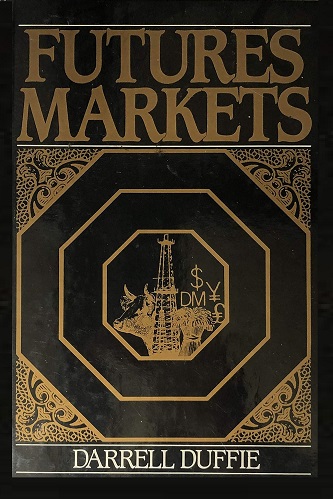
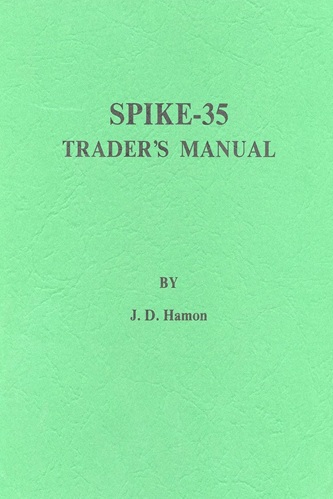

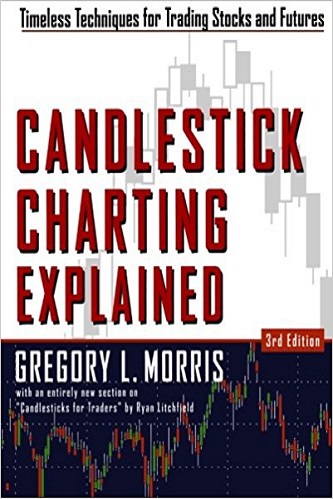
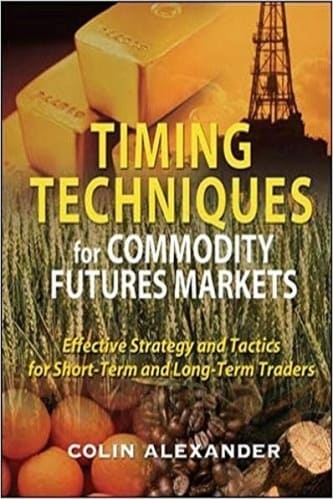
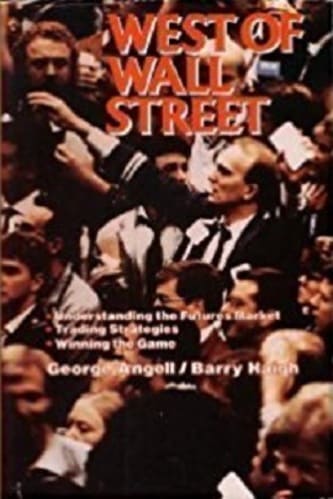
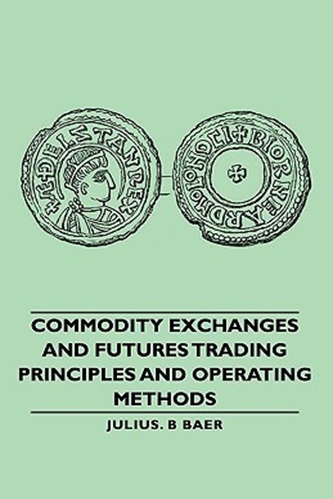

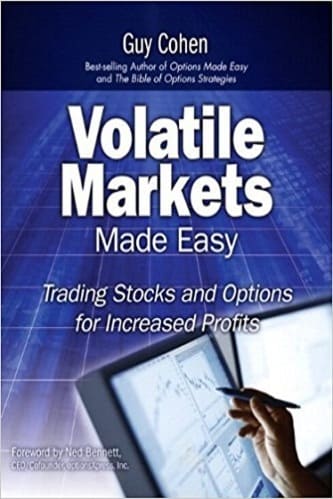
Jefferson Donovan (verified owner) –
This is an introductory book on future markets, but it is not so easy, because it tackles some tough things (such as hedge and martingal) in an advanced level.
Maybe it is the best basic and useful text about Future Markets ever written. It is very well divided, the exposition is clear, and relevant problems are discussed. Therefore I recommend it for all those who wish to begin to study future markets.
Duffie begins explaining how future markets work – this is really basic. Then he explores the concept of hedge, and how to calculate it – by minimum variance, for example. The important things are how to chain the contracts, and, mainly, how to calculate the hedge when the change in prices is calculated in absolute or in relative terms (this is hard to learn and understand intuitively, but Duffie makes it easy – that’s why it is a brilliant topic.)
Concepts such as utility function, martingal, risk aversion and others are explored, nonetheless they are not so difficult if the reader has been already introduced to them.